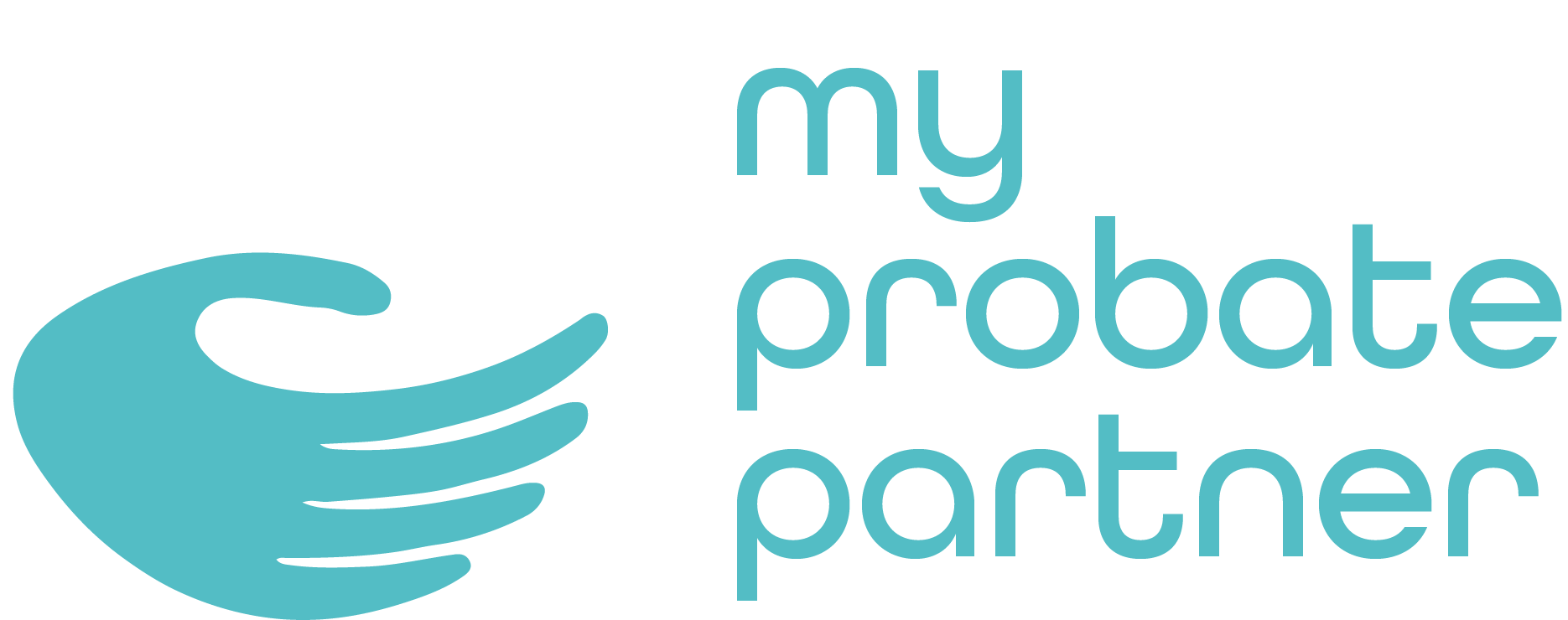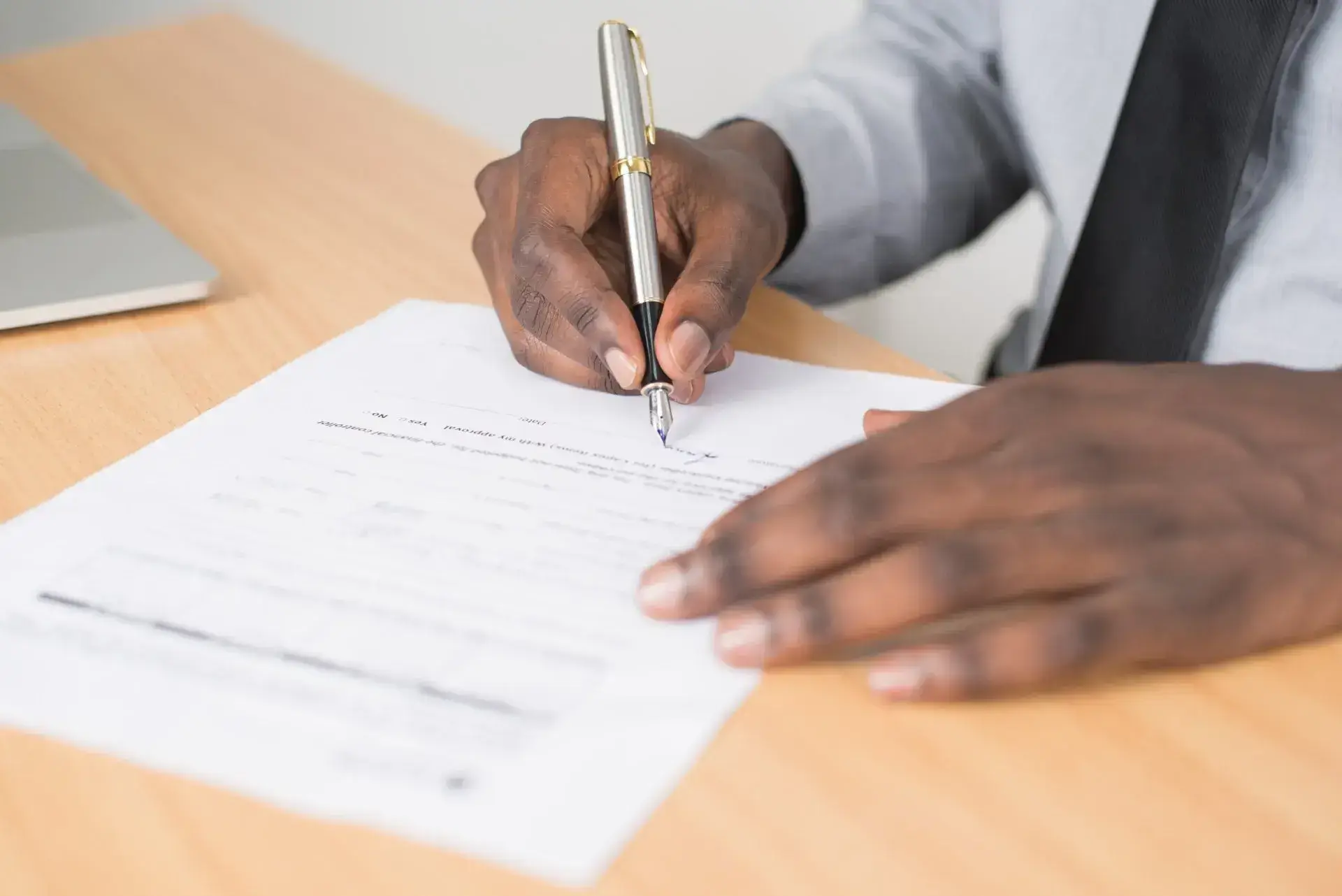How do I prepare for Probate? Read these 4 Steps
Before you can apply for probate/confirmation yourself, you’ll need to follow 4 steps. After the first 3, you'll know for sure if you need to apply for probate or not and you’ll be ready to do so.
Step 1: Build a complete asset and debt profile
You’ll need to create a list of all the assets and debts in the estate and their date of death values. You can do this by contacting all the organisations with which the deceased had a financial relationship. You’ll need to show them a death certificate; some companies will require a hard copy in the post.
Our friends at Settld provide a service that contacts all the companies on your behalf to notify them of the death and request the date of death values for all the accounts (these are the values you need for your probate application). From your own personal dashboard, you can check on progress and instruct the accounts to be closed or supply further information, if required.
Step 2: Check the validity of the Will
If the Will was made by a solicitor in Scotland, then this shouldn’t be a question. The main things to check are that the Will was signed on every page by the deceased and that there is a signature on the final page by a witness, along with their name and address. In order to apply for confirmation yourself, you will need to get hold of the original Will.
If there are problems with the Will, it may be possible to submit an extra application to 'rectify' the problems (if you're unsure,
get in touch).
Step 3: Confirm the ownership position of any property involved
It is essential that you confirm the precise ownership situation of any property or land before applying for confirmation. The Sheriff Court does not check the ownership position of any property or land and, therefore, will not pick up on any errors in the way a property is listed in the application.
It is not uncommon for the situation to be different to what everybody understood to be the case. If there are problems with the way the property is listed then it may cause problems during the conveyancing process.
Don’t worry, we can help you do this correctly (more info below).
Step 4: Confirm if a Grant of Confirmation/Probate is needed and which forms to use
After contacting all the financial organisations and checking the property ownership situation, you’ll be in a position to know if the estate requires confirmation/probate or not.
We created a handy online tool you can use to
check if you need probate.
When confirmation is needed
You will need to get confirmation if:
- a company has asked to see confirmation/probate before they will let you deal with an account/asset,
and/or
- you need to deal with a property that doesn’t have a ‘survivorship clause'
Survivorship clause
A survivorship clause may be present if the property is jointly owned. To find out if it’s there, you’ll need to look at the title deeds.
If it’s old paper deeds you have, you’re looking for the first main page that describes the owners and who they bought the property from. If the words ‘and to the survivor’ (or something similar) are present after the current owners’ names, then the clause is present.
If it's in the newer Land Registry, you’re looking for the words ‘and to the survivor’ (or something similar) in section B.
If the clause is present, this means when the first person dies the property passes automatically to the survivor, and confirmation/probate is
not needed to deal with the half share of the first person to die. If you apply for confirmation for something else, the share of the property passing by survivorship clause should be declared on page 5 of the C1 form.
Need help with this?
Use our free online tool to help you with this.
When Confirmation is not needed
You may not need Confirmation if the person who died:
- only had money with companies that are willing to pay it out without seeing confirmation/probate (for example, Bank of Scotland will pay out if the total of the accounts is less than £50,000, if there is a Will)
- only had money in joint accounts - these will usually automatically become sole accounts in the name of the survivor after notifying the company of the death
- owned property or land jointly and the title has a ‘survivorship clause’. This means it already passed to the survivor (we can help you figure this out)
Which forms to use
To apply for confirmation, you will always need to use the C1 form.
The value of the estate and your specific circumstances will dictate which tax form(s) you need to use (if any).
How we can help
Our 5-star Probate Support Service will guide you through the entire process. We include unlimited support with all our services and we guarantee a successful outcome.




